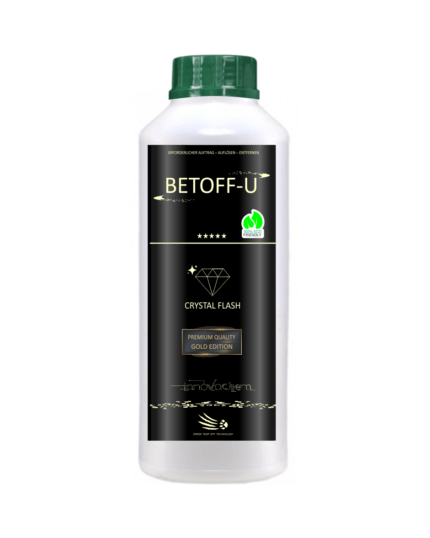Architectural and decorative concrete. An intriguing option for surface treatment is architectural and ornamental concrete. Using concrete is practically a guarantee if you want to alter the look, feel, or functioning of any space or structure. You can get concrete that is smooth, rough, concave, convex, has sharp edges, or even curves into a perfect circle. Unconventional concrete colors include pastels, intense reds, blue quartz, and many more. The aesthetic value of architectural concrete is doubled by the fact that it can serve multiple structural purposes.
Architectural and decorative concrete. Concrete flat bars or architectural components like panels are often thought of when people talk about decorative concrete.
The main ingredient of architectural concrete is white Portland cement, which may also contain trace levels of manganese and iron oxides. Elements made of concrete get their gray hue from these two primary ingredients. As a result of distinct manufacturing procedures and constituent compositions, gray cement and white cement have distinct color tones.
The aforementioned details are typically considered by architects when they plan a room that makes extensive use of architectural concrete. When decorating with concrete items, it’s important to keep their colors consistent so that they stand out.
Architectural and decorative concrete. Coloration of building materials
Integrally colored architectural concrete is made by mixing pigments made of mineral oxides into the concrete mix. You should use white cement if you like a lighter hue of concrete. For concrete in tones of dark gray, brown, or red, gray cement is the way to go.
Architectural and decorative concrete. Architectural concrete’s exposed surface
The removal of the outer layer has left this decorative section smooth. Methods such as acid etching, water smoothing, sandblasting, or chemical retarders can be employed for this purpose. Consider the aggregate’s color, hardness, size, form, gradation, availability, affordability, and durability while making your selection. Our customers typically select aggregates like gravel, granite, quartz, marble, and limestone. Decorative aggregates that occur naturally. Materials that can withstand high temperatures and acids are examples of artificial materials.
Decorative concrete forms for use in making architectural details
Brick, wood, or stone-like shapes and contours are all within your purview. You may find aluminum systems that can be used to make various textures on the market. One great thing about the textured surface is how well it hides color and texture variations.
Architectural and decorative concrete.
One common way to use architectural concrete is to shape it into bricks.
What product to use to clean architectural concrete?
It will be best if you use a product that is dedicated to cleaning architectural concrete. Among our products you will find BETOFF-B liquid, which will deal with any type of contamination. Also check out our universal product for cleaning various surfaces BETOFF-U. It is a cleaning product created on the basis of cosmetic raw materials. It does not stink, does not evaporate and does not suffocate during use. Liquid is very effective and removes even greasy stains.

Be sure to read our other articles as well:
- Masonry spheres
- Posts made of concrete. Put in your concrete fence posts the right way
- Flower pots made of concrete
- Properly constructed septic tank in concrete
- Paver borders
